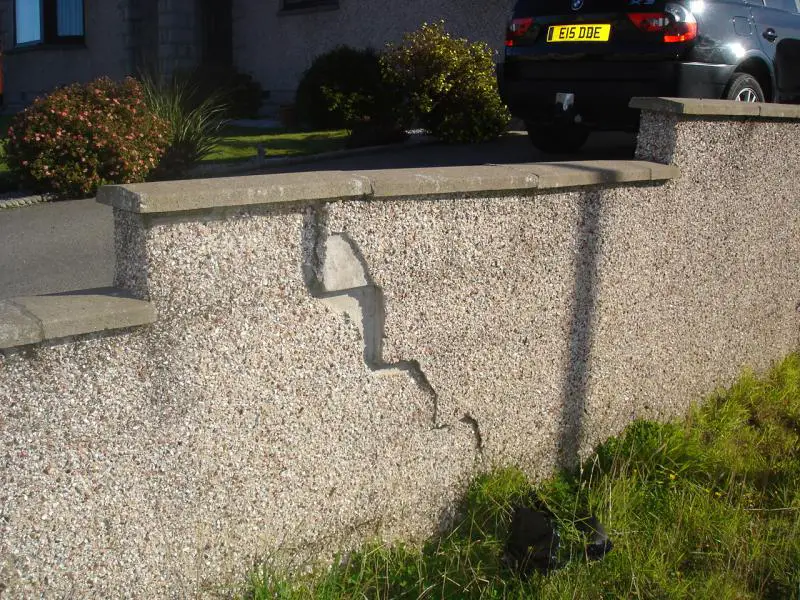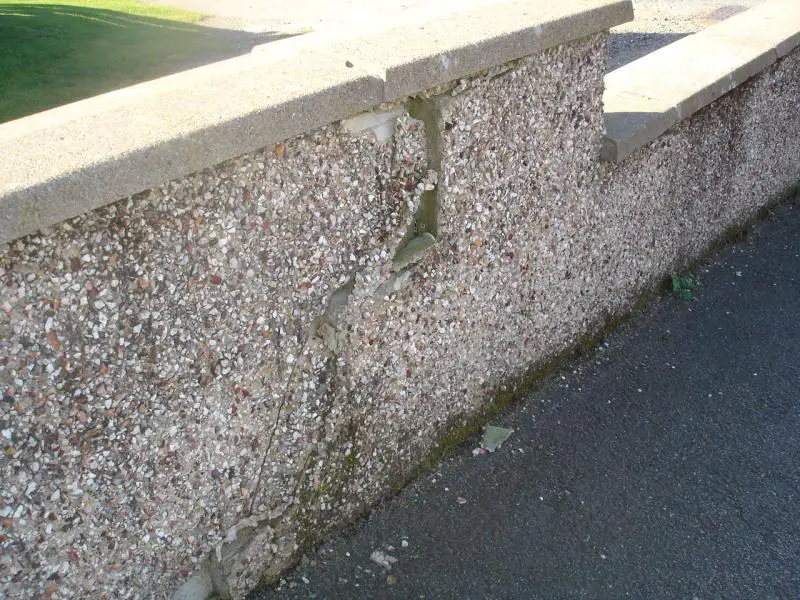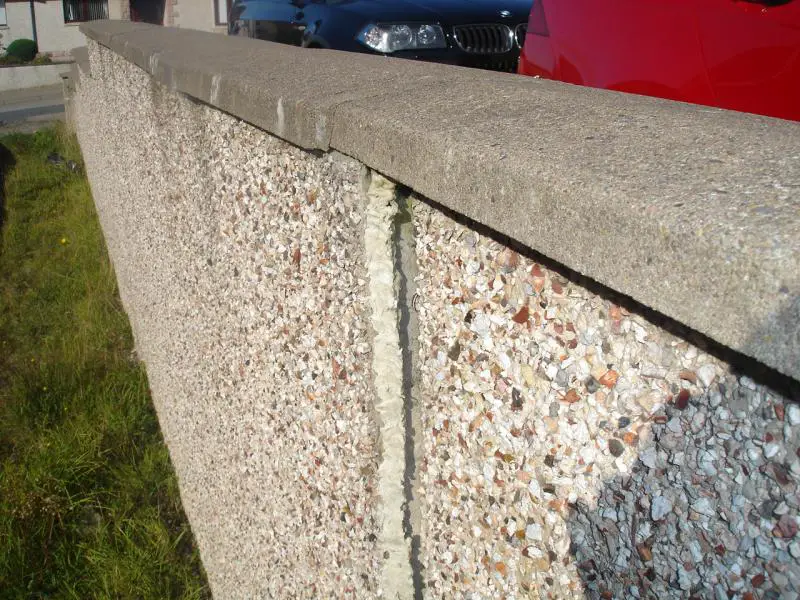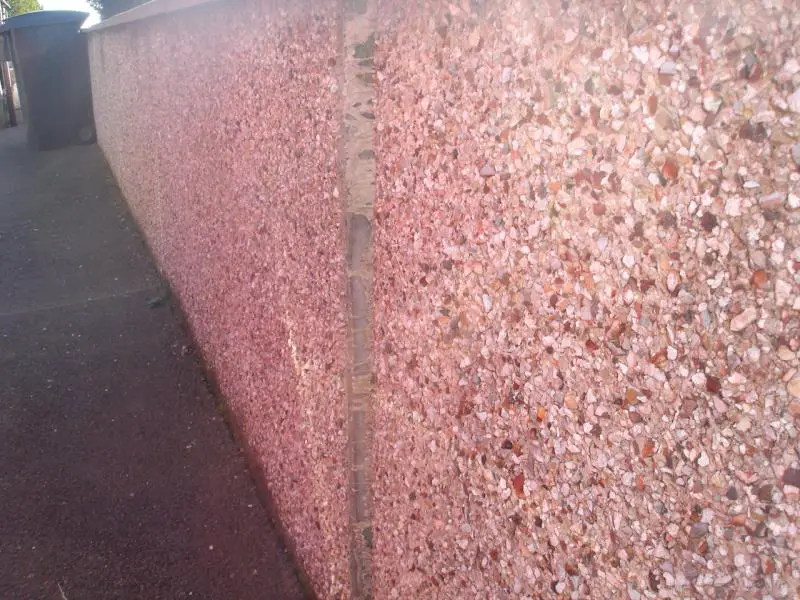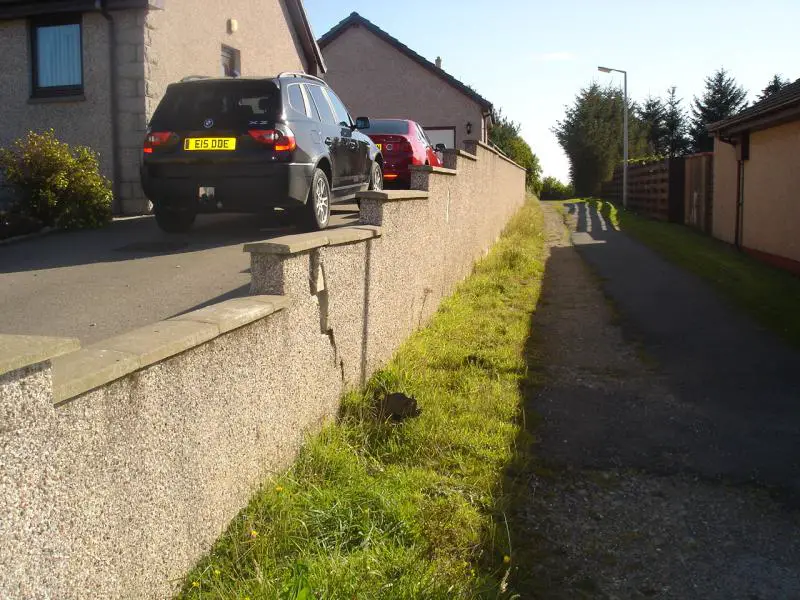I agree with static that it looks a little beyond fixing. It is not possible to tell how well the wall was built in the first place without investigation unless you know yourself. What I mean is that, concrete block retaining walls can be stepped in thickness on the hidden and buried side leaving the top few visible courses just a block thick like a normal above ground wall.
There are anchor systems that can stablise walls but they don't come cheap and are better suited to bigger civil engineering works. I would expect the best solution to you would be rebuilding as some point.
The immediate concern is, has this happened gradually over a long time or something much more recent ? Whilst it has obviously moved, from the photos it does not look dangerously out of plumb yet. It would be good idea to check the higher sections to see how much out of plumb they are and record it on a sketch drawing with the date on it. You can then check it again later to see if the movement is ongoing.
Are there any drainage holes (weep holes) along near the bottom of the wall ?
You may want to think about getting an engineer to check it for you and to advise what needs to be done.
Obviously if you have to rebuild, the cost will be more than the wall if you have to resuface part of your drive, or any other affected area behind the wall.


